Acknowledgement of Country
The Property Council acknowledges the tens of thousands of years of continuous custodianship and placemaking by First Nations peoples and their proud role in our shared future. We thank them for their custodianship of Country – land, seas and skies.
We acknowledge the diversity of First Nations cultures, histories and peoples, and we pay our deepest respects to Elders past and present.
Reconciliation Action Plan
Launched in January 2022, our first Reconciliation Action Plan (RAP) officially marked the beginning of the Property Council’s reconciliation journey.
Working with Reconciliation Australia, First Nations peoples, our people, our members and other partners on this Reflect RAP has enabled us to set out a clear plan of action. With the world’s oldest continuous living culture to draw upon, the property industry has immeasurable opportunities to walk side by side with First Nations peoples towards a better future. For the Property Council, this starts with listening, learning and building cultural competency so we can walk towards reconciliation in partnership with First Australians, and use our platform to encourage others to do the same.
As Australia’s largest industry, employing over 1.4 million people, the property industry can be a strong partner with First Nations people in their quest for economic empowerment, following generations of dispossession and exclusion.
Australians today are the inheritors of a rich and unbroken history of language, culture and placemaking that stretches back more than sixty millennia. Every building and every new project sits on country that has been nurtured by Aboriginal and Torres Strait Islander people for countless generations.
We have much to learn from Aboriginal and Torres Strait Islander peoples as our industry provides liveable, sustainable and prosperous places for all Australians. The deep connection to country of First Nations Australians should be a source of respect and celebration, and be a foundation of the industry’s reconciliation journey.
We extend our sincere thanks to Reconciliation Australia and the many First Nations people and Property Council members who have helped show us the way.
Reconciliation Artwork
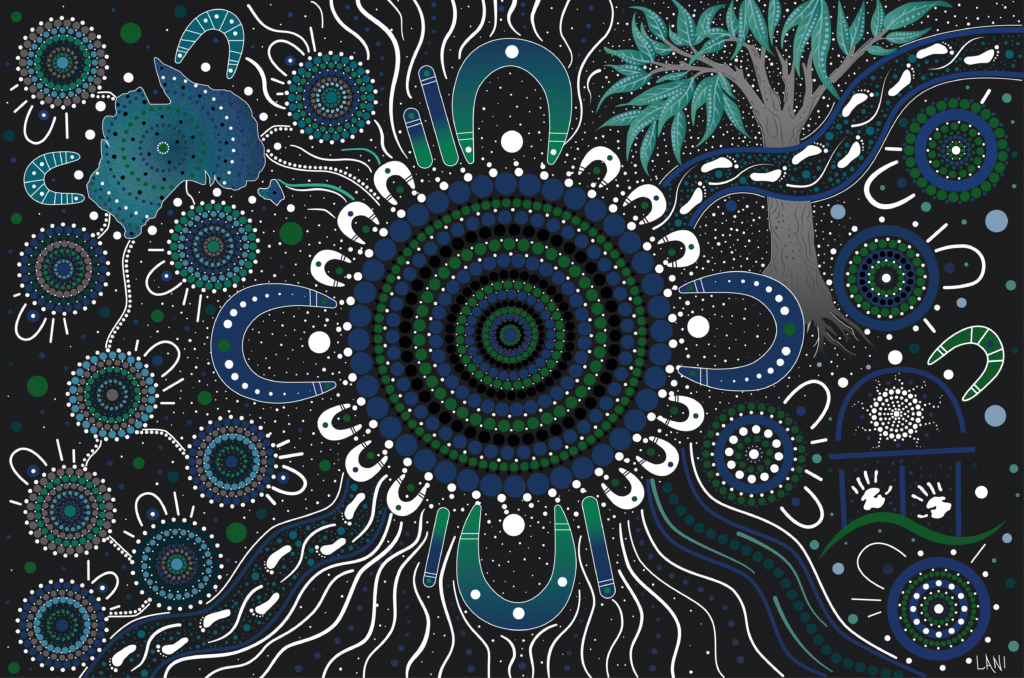
WINHANGA-DURI-NYA, meaning “reflect” – Wiradjuri language
Lani Balzan
The artwork featured in the Property Council’s RAP was created by Lani Balzan in 2021. Lani is a proud Wiradjuri woman from the Three Rivers Tribe. Her family comes from Mudgee, but she has lived in many parts of Australia and now calls the Illawarra home.
Lani helped the Property Council to articulate a visual vision for reconciliation that reflects our reconciliation journey as we embark on our Reconciliation Action Plan. At the centre of the painting sit a series of concentric circles that Lani calls a “gathering symbol”. This represents the Property Council’s members and employees. A series of u-shaped emblems radiate from edges of the gathering symbol, conveying both male and female. “It is about people coming together,” Lani says.
Land and nature are dominant forces in the artwork – both in the physical map of Australia at the top left and in the native tree to the right. These symbols remind us that every building rests on Aboriginal land and honours the custodians who have cared for Country for millennia. The pathways to the future are represented in the footprints that cross the canvas. “While property is about cities, buildings and infrastructure, peel back the layers and look at the 60,000 years of history that exists underneath,” Lani says.
Resources
Find news and information about our reconciliation journey, and resources to help support yours.
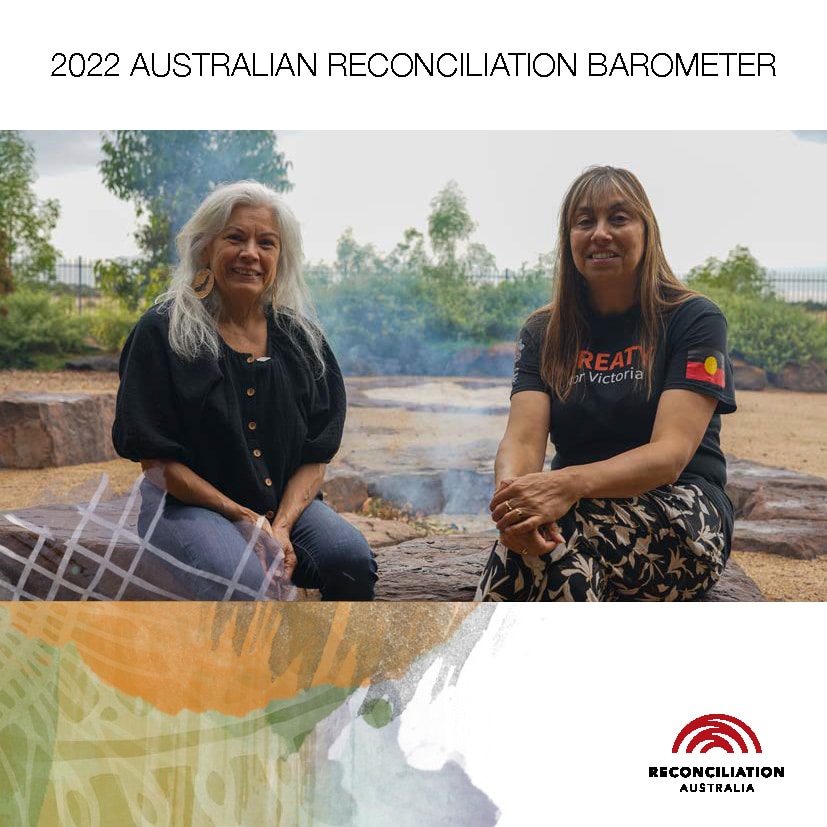
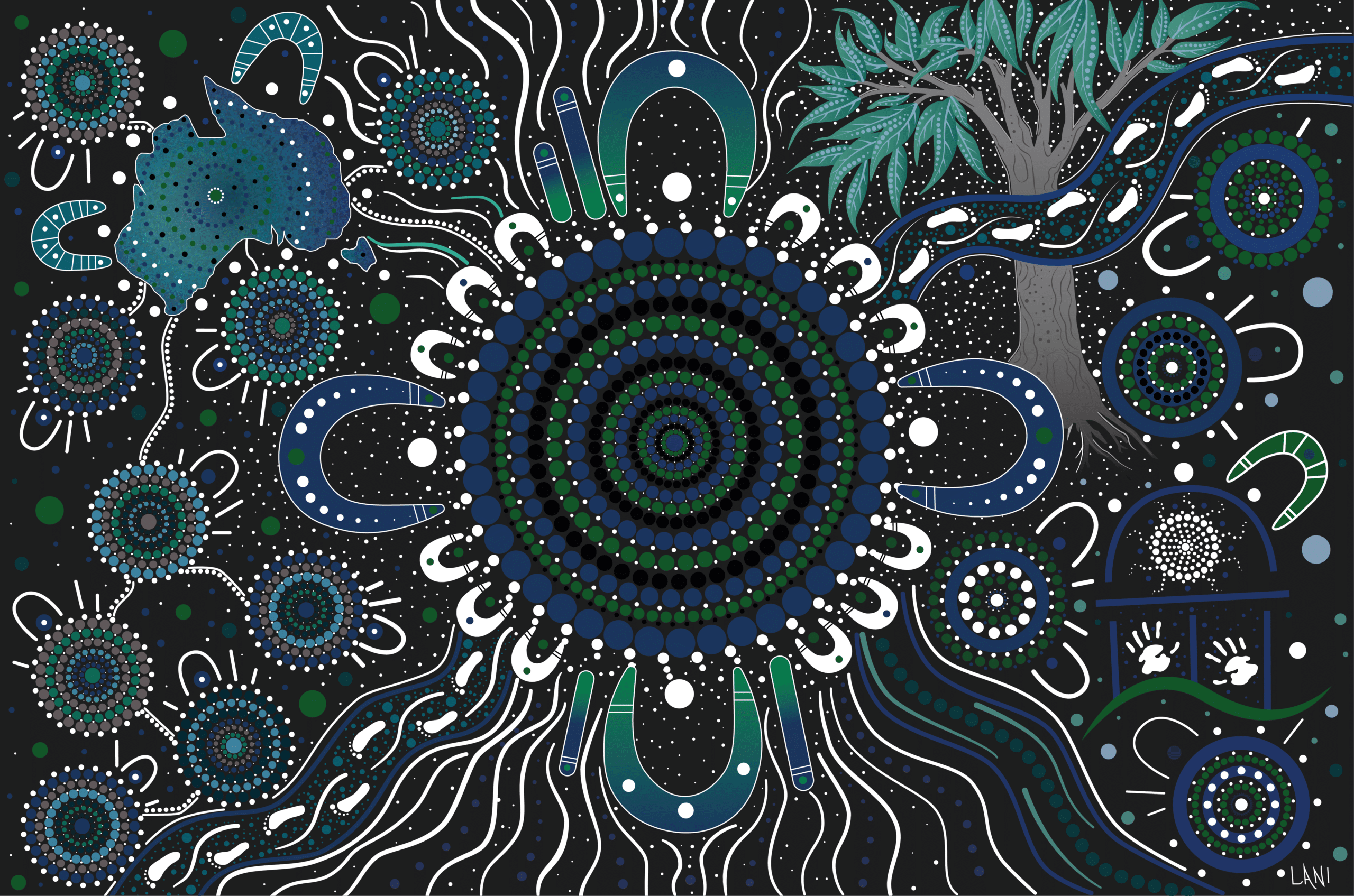
reconciliation journey with a focus on reflection
and a desire to leverage our unique relationship
with our industry.
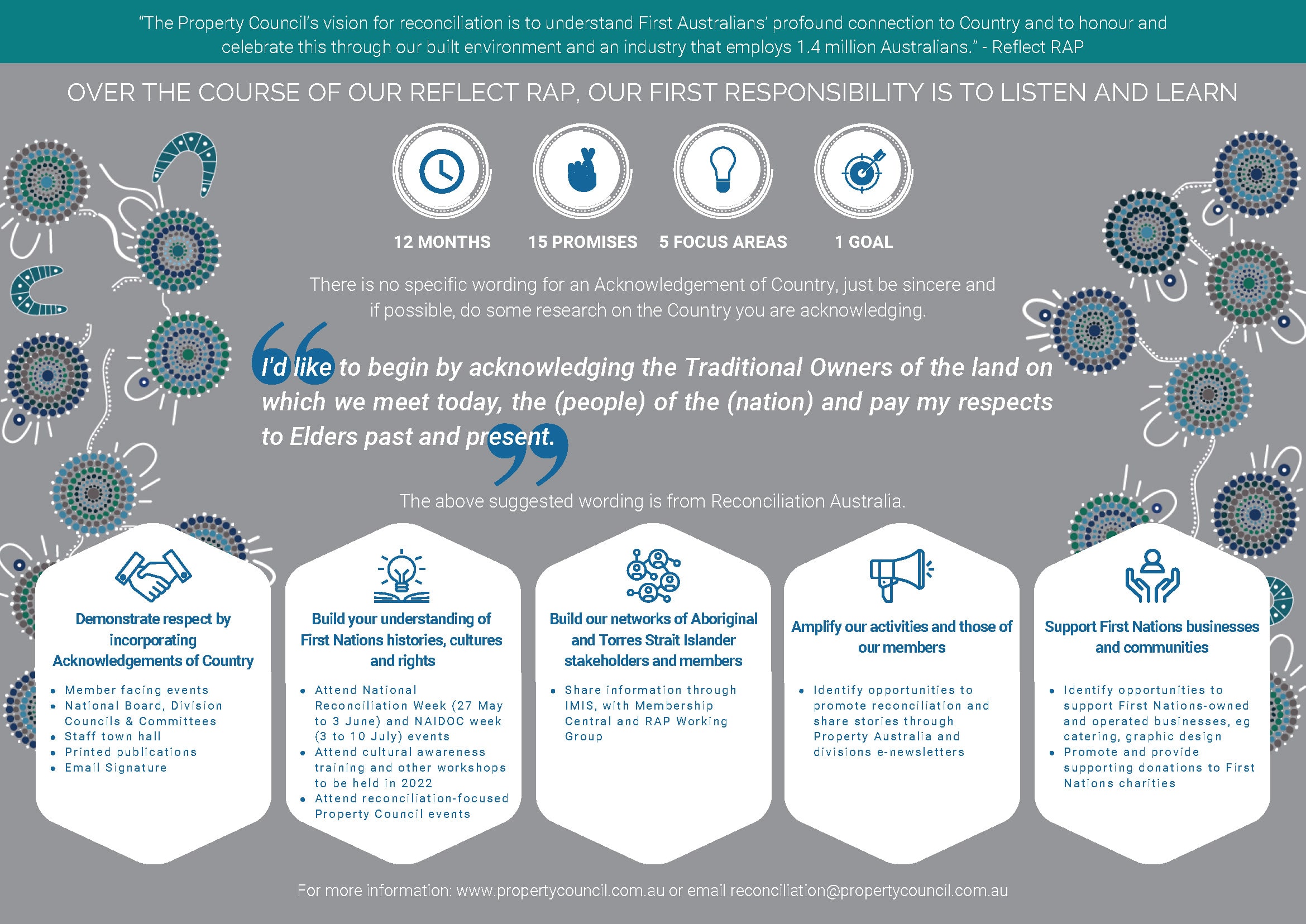
News
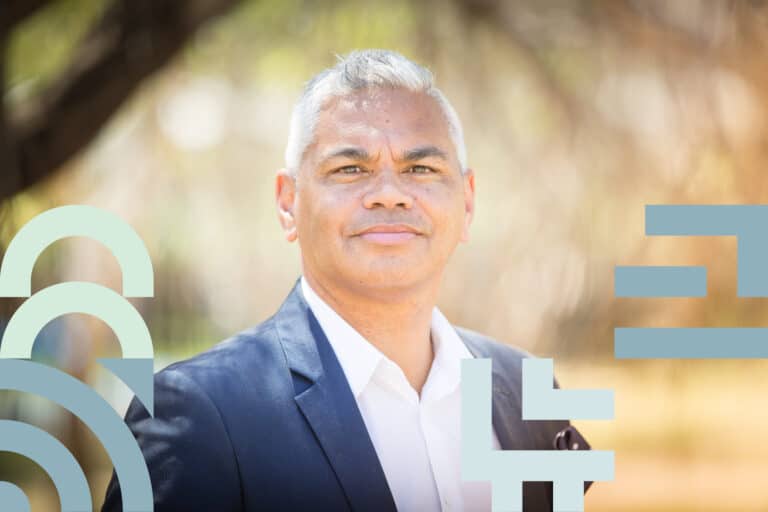
Across every generation
Across every generation, Aboriginal and Torres Strait Islander Elders have played and continue to play an important role and hold a prominent place in First Nations communities and families.
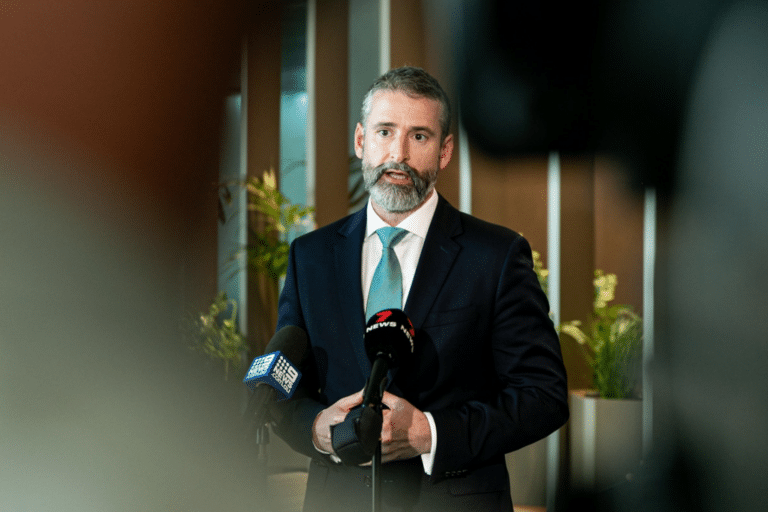
Chief Executive | Challenges ahead for ‘1,000,000 homes by 2029’
1.3 million homes down on where we should be.* Mainly due to a lack of density in the ‘missing middle’. No wonder we need a national housing accord.
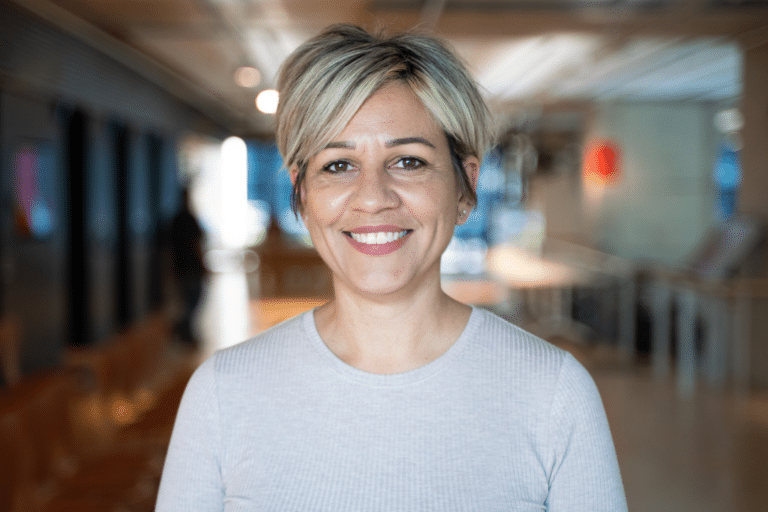
How to meaningfully engage and connect with Country
As the focus on fostering stronger connections with Aboriginal and Torres Strait Islander peoples grows, the question arises: what does meaningful engagement entail? Melanie Grills from Arup provides insights on effectively engaging with First Nations groups.
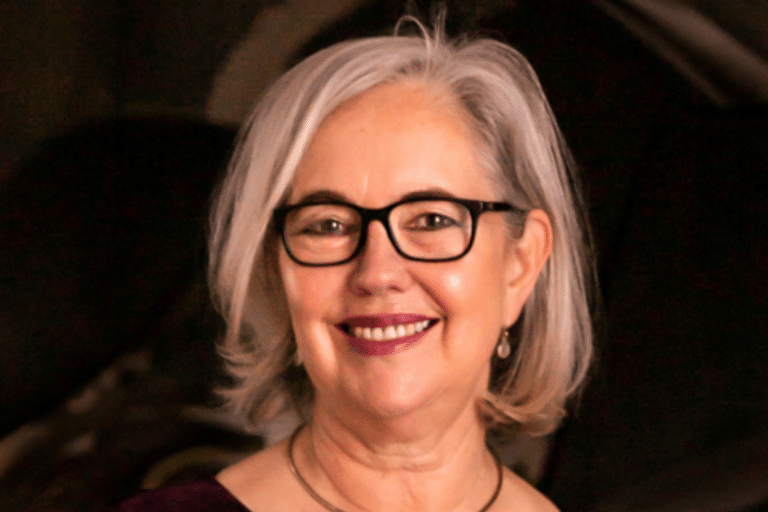
Bringing Indigenous voices to the fore in major projects
Ros Moriarty from Balarinji guides us through her endeavours that have brought the Indigenous voice to life within some of this country’s major projects, and how others can do the same.
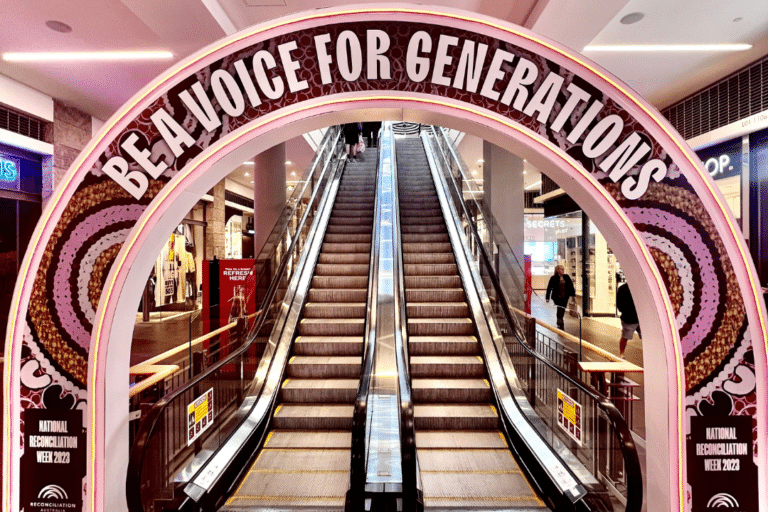
Empowering reconciliation through education
A time for learning, GPT Group share its efforts on engaging staff and visitors on First Nations history and culture.
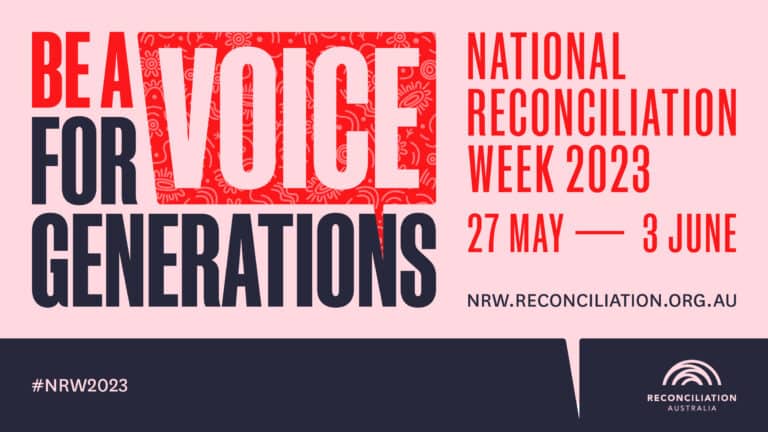
What does ‘Be a Voice for Generations’ mean?
National Reconciliation Week is a time for all Australians to learn about our shared histories. So, what is the significance of this year’s theme and how can we be a Voice for Generations?
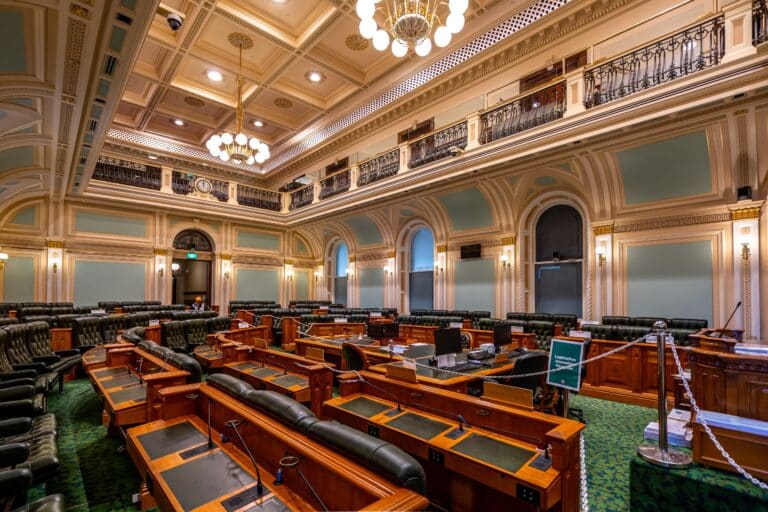
Path to Treaty legislation passes Queensland Parliament
On Wednesday 10 May, the Path to Treaty legislation passed Queensland Parliament.
